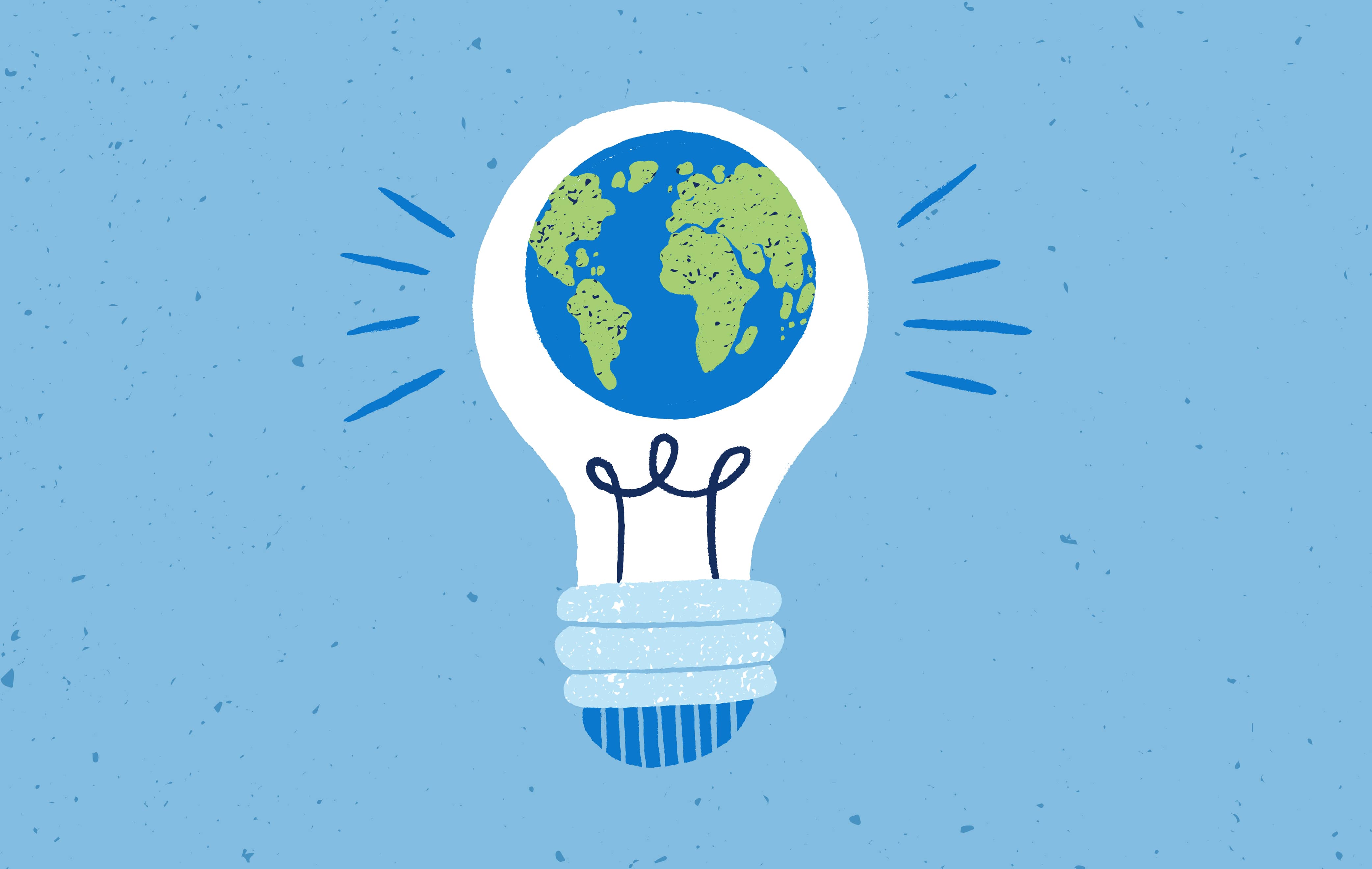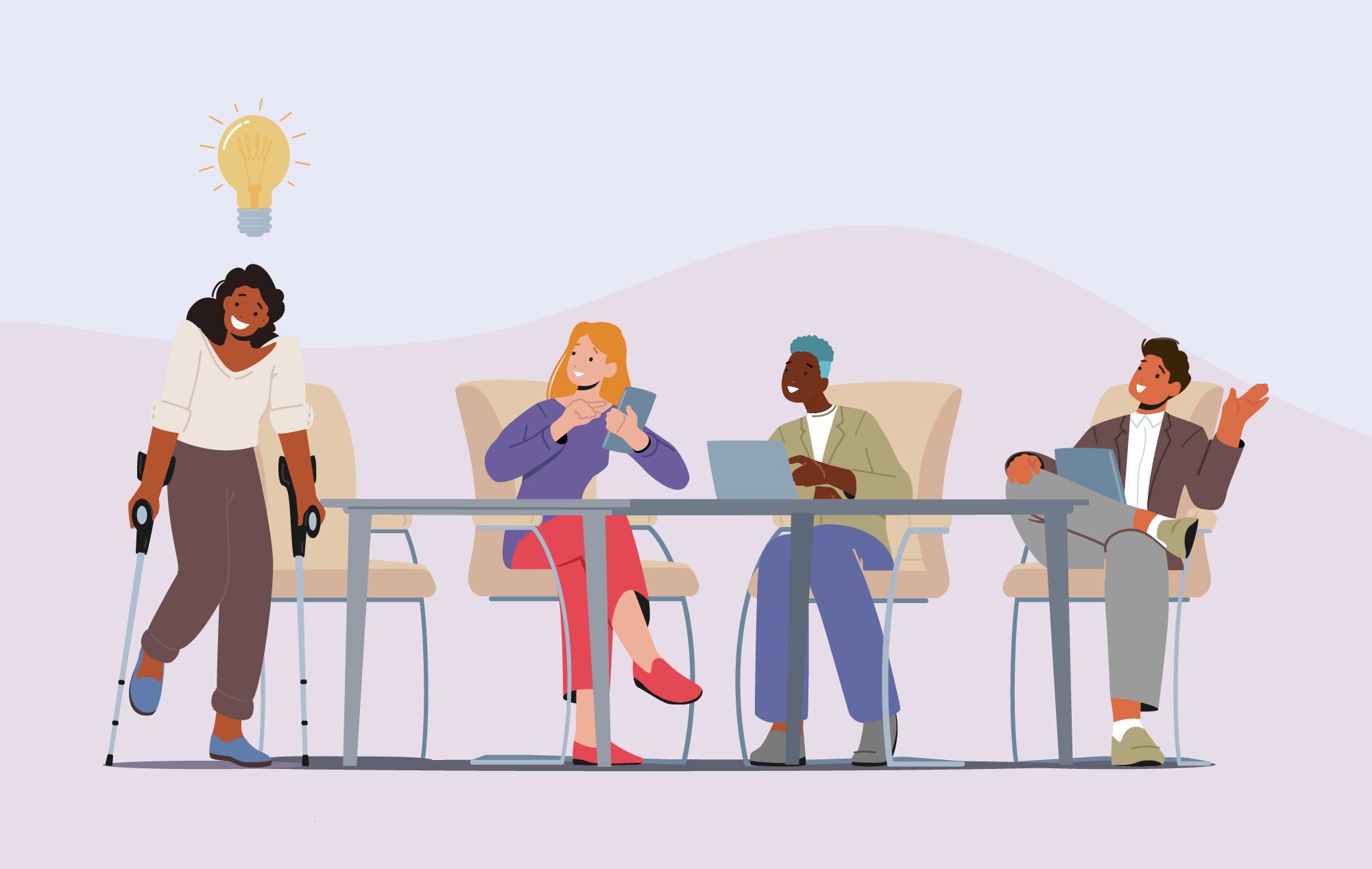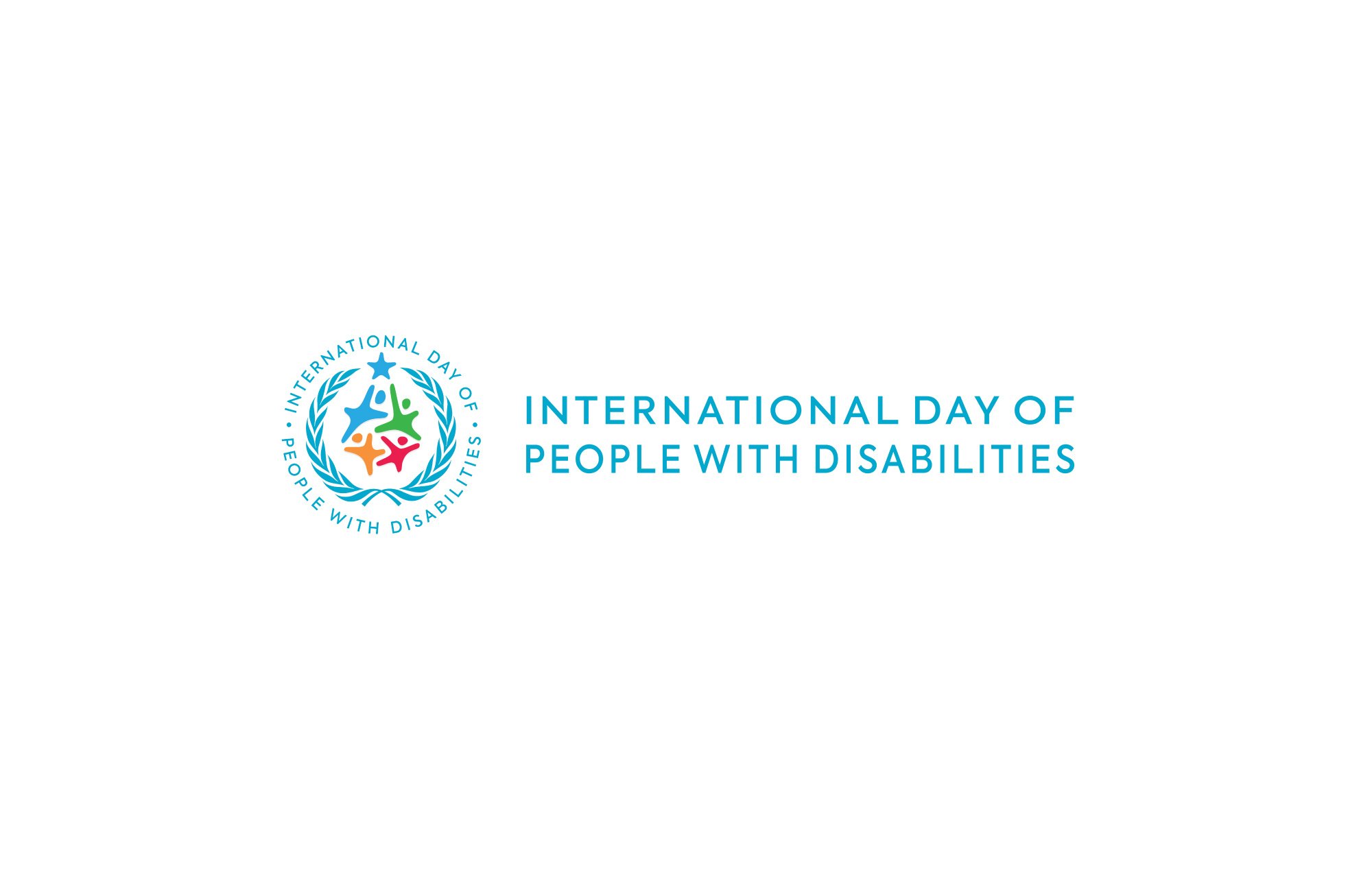Observed every October, National Disability Employment Awareness Month (NDEAM) celebrates the professional contributions made by people with disabilities and raises awareness about the community’s historically low unemployment rates.
The campaign, led by the U.S. Department of Labor’s Office of Disability Employment Policy (ODEP), has grown as it enters its 76th year, and now includes initiatives by employers, advocates, and others. While the campaign has made progress, the march toward greater employment opportunities has lagged considerably. In many countries, the unemployment rate among people with disabilities is 80 percent or higher. The novel coronavirus pandemic has also disproportionately impacted workers with disabilities, including in the United States.
With an estimated 1 billion people worldwide living with a disability—and potentially even more due to aging and long-COVID challenges—limiting the commemoration to only the United States fails to recognize the global disability community, their contributions and challenges they face. To better represent everyone, we are dropping “National” from the official title and will refer to the campaign as Disability Employment Awareness Month (DEAM).
At InclusionHub, we plan to make the most of this year’s celebration with dedicated DEAM-related content一starting with background on the campaign, and information about the work being done supporting its goals.
2021 DEAM Theme
This year’s DEAM theme is “America’s Recovery: Powered by Inclusion,” underscoring the important role the disabled community can play in the economy’s rebound from the disruption caused by the novel coronavirus (COVID-19) pandemic.
Supporting Digital Inclusion at InclusionHub
While there’s been significant progress made in addressing physical obstacles, digital access is foundational to the idea of inclusion and serves as our inspiration at InclusionHub. For those who are unfamiliar, InclusionHub is an online digital accessibility resource for educating and informing those who work to improve digital inclusion.
Our InclusionHub co-founding partners, Salesforce and Be My Eyes, approach this mission in meaningful and complementary ways. Salesforce, the leading customer relationship management (CRM) provider in the world, is committed to developing accessible workplace products for all, and its Accessibility Support Team provides assistance in building accessible environments in the current Salesforce ecosystem.
Be My Eyes, a 2021 Apple Design Award winner, provides a first-of-its-kind mobile-enabled platform for sighted people to assist blind and low vision users with everyday tasks. Be My Eyes boasts more than 5 million volunteers and 300,00-plus blind and low vision users.
Together, we collaborate to make the web, applications, and other technologies accessible to everyone.
How to Celebrate DEAM 2021
DEAM 2021 can be celebrated in workplaces, schools, government, associations, social media channels, and many more. Here’s how you can get started:
- For employers, establish a disability employee resource group (ERG), provide disability training for employees, create a display supporting DEAM, or publish content internally highlighting your commitment to an inclusive workplace.
- For educators and students, hold a discussion or assembly on disability employment. Include guest speakers from local disability organizations. Teach the history of the disability rights movement, including the transformational Americans With Disabilities Act of 1990, or include DEAM as a topic in student-led publications or other media.
- State and local policymakers can establish an annual Legislative Disabilities Awareness Day to consider legislation or policies that will improve employment opportunities for people with disabilities or participate in a Disability Mentoring Day to promote career development for youth or others with disabilities.
- Anyone can show their support for DEAM by promoting it on social media. Accepted hashtags include #NDEAM, #DEAM, #EngageTalent, or #ThePowerOfInclusion.
For additional suggestions to commemorate DEAM 2021, visit the Campaign for Disability Employment.
Origin of DEAM
The origins of DEAM date back to 1945 when returning World War II service members raised the visibility of people with disabilities and their struggles to access gainful employment. In particular, disabled veterans advocated for increased rehabilitation and vocational training to better prepare for the domestic workforce.
That same year, Congress enacted Public Law 176, declaring the first week of October “National Employ the Physically Handicapped Week.” In 1962, the word “Physically” was removed in recognition of a broader definition of “Handicapped” beyond only physical differences.
Eventually, the greater disability movement began making progress in challenging stereotypes about the community and advocating for more civil rights. The early 1970s saw the passage of Sections 504 and 508 of the Rehabilitation Act of 1973, prohibiting recipients of federal funds from discriminating against people with disabilities. Subsequent amendments clarified and expanded the law’s coverage of digital accessibility.
In 1988, Congress extended the disability employment observance to a month and renamed it as “National Disability Employment Awareness Month.”
The Americans With Disabilities Act (ADA)
In 1990, the passage of the Americans with Disabilities Act codified civil rights for the disabled community, ensuring access to employment, government, public establishments, transportation, and communication.
The legislation moved the needle for the integration of people with disabilities throughout society, leading to structural improvements to the physical world and expanded access to information, education, and entertainment opportunities.
Access to employment opportunities, however, lagged behind一and has yet to catch up.
The Struggle for Improved Employment Opportunities Continues
According to the National Council on Disability’s (NCD) most recent employment report, more than 60 percent of working-age Americans with disabilities are unemployed. Furthermore, those who are seeking work suffer an unemployment rate twice that of their non-disabled counterparts一this despite additional legislative gains since the passage of the ADA and billions spent on federal programs focused on moving the disabled community into the workforce.
In the same report, the NCD included several critical recommendations, including:
- Improving employer incentives in both the private and public sectors
- Increasing relevant skills for disabled youth transitioning to the workforce
- Improving work disincentives present in Social Security and Medicaid benefits
Clearly, systemic change is needed in our institutions and incentive structures to better support people with disabilities.
Why There is Reason for Optimism
While there is still much work to be done, recent shifts to remote working environments, flexible scheduling, and increased computing have demonstrated that the work-from-home model is viable. While the adjustment to remote access has been mixed, some workers with disabilities have found value in working from home and enjoy not having the pressures of commuting and other societal obstacles.
Furthermore, improvements to online access and functionality are increasingly available to the disabled community. For example:
- International standards organization the World Wide Web Consortium (W3C) launched its Web Content Accessibility Guidelines (WCAG) in 1999 to enhance the online experience for people with disabilities in the areas of sight, hearing, cognitive ability, and movement. Periodic updates to the guidelines have focused on expanding inclusion in technology and website design.
- As of 2020, Google has included user experience in its criteria for website search rankings一further incentivizing organizations to make their websites more accessible.
- Increasingly, public and private sector organizations are working to help improve the skills and digital accessibility of disabled persons. For example, a coalition of organizations, including Google, Microsoft Education, and Educating All Learners is dedicated to improving education equity for younger disabled persons. And the ADA National Network—comprising 10 regional centers funded by the federal National Institute on Disability—includes resources for disabled learners of all ages.






Leave a Comment